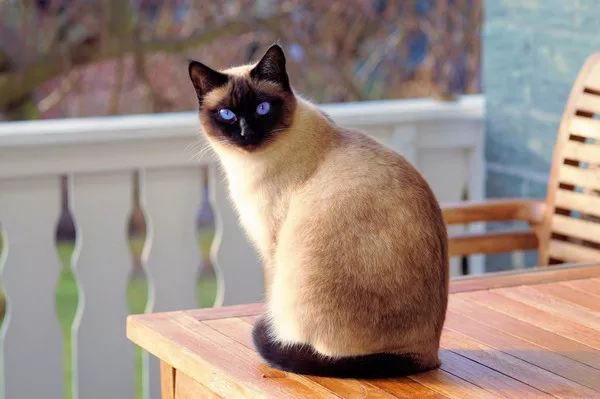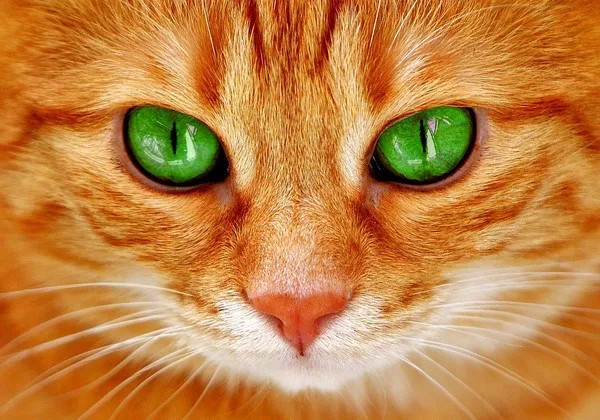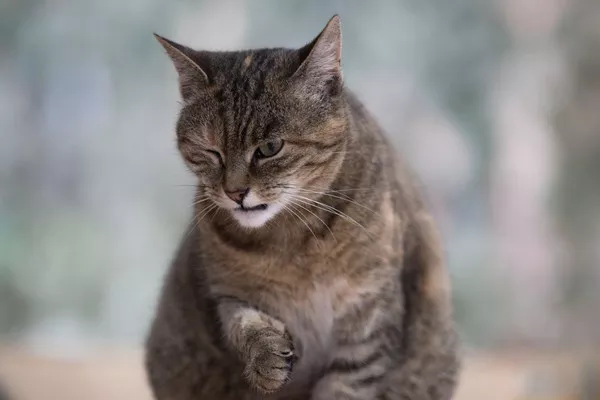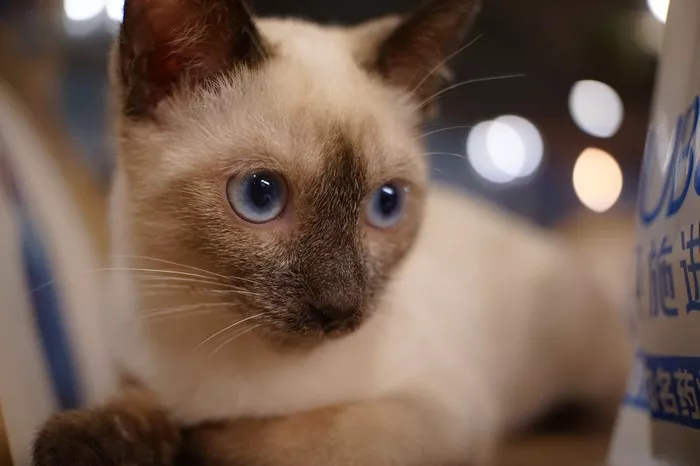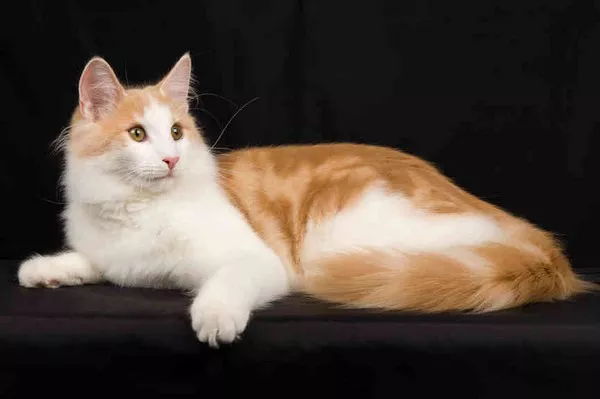Burmese cats, known for their expressive eyes, silky coats, and affectionate nature, are cherished companions in many households. As cat owners, it’s natural to want to share delightful treats with our feline friends, and cheese often finds its way into the list of potential indulgences. However, before offering your Burmese cat a taste of this dairy delight, it’s crucial to explore whether cheese aligns with their dietary needs and digestive well-being.
The Burmese Cat’s Dietary Requirements
Burmese cats, originating from Southeast Asia, boast a distinctive appearance with a sleek, short coat and captivating eyes that range from gold to yellow. These playful and social cats are known for forming strong bonds with their human families. To ensure their health and happiness, it’s essential to be mindful of their dietary requirements.
Key Aspects of the Burmese Cat’s Diet:
Protein-Rich Diet:
Burmese cats thrive on a diet rich in high-quality protein sources. Meat-based cat food is a staple in meeting their nutritional needs.
Moderate Fat Intake:
While cats require fat for energy, it’s crucial to maintain a balance. Burmese cats benefit from a diet with moderate fat content to support their active lifestyles.
Hydration:
Adequate water intake is vital for the overall well-being of Burmese cats. Wet cat food and a readily available water source contribute to their hydration.
Limited Carbohydrates:
Cats are obligate carnivores, and their diet should primarily consist of meat. Burmese cats thrive with limited carbohydrates in their diet.
Can Burmese Cats Safely Consume Cheese?
The prospect of sharing a small piece of cheese with your Burmese cat may seem appealing, especially when those pleading eyes look up at you. However, it’s essential to consider the following factors before introducing cheese into their diet.
Lactose Tolerance:
Lactose Sensitivity in Cats:
Most cats, including Burmese cats, are lactose intolerant. Lactose is the sugar found in milk and dairy products, and many adult cats lack the enzyme lactase needed to digest it properly.
Potential Digestive Issues:
Feeding cheese to a lactose-intolerant cat can lead to digestive upset, including diarrhea, stomach cramps, and discomfort.
High Fat and Salt Content:
Fat Content in Cheese:
Cheese is a calorie-dense food with a relatively high fat content. While fat is essential in a cat’s diet, excessive amounts can lead to obesity and related health issues.
Sodium Concerns:
Some cheeses have elevated sodium levels, which can be detrimental to a cat’s health. High sodium intake may contribute to hypertension and kidney-related issues.
Individual Variations:
Cat’s Individual Response:
Each cat is unique, and their tolerance to certain foods may vary. While one Burmese cat might show no adverse reactions to cheese, another may experience digestive discomfort.
Moderation is Key:
If you decide to offer cheese to your Burmese cat, do so in moderation. A small, occasional treat is preferable to avoid potential health issues.
Choosing Cat-Safe Cheese Options:
If you are keen on sharing a cheesy treat with your Burmese cat, opt for cat-safe cheese options that minimize potential health risks. Some considerations include:
Hard Cheese Varieties:
Hard cheeses such as cheddar or Swiss contain lower lactose levels compared to softer varieties. However, even hard cheeses should be given sparingly.
Lactose-Free Cheese:
Lactose-free cheese is specially formulated to cater to cats’ digestive limitations. It provides a safer alternative for feline enjoyment.
Small Portions:
Cut cheese into tiny portions to ensure that your Burmese cat receives a taste without exceeding recommended calorie intake.
Monitoring Your Burmese Cat’s Response:
Before incorporating cheese into your Burmese cat’s diet, closely observe their response to this new treat. Look for signs of:
Digestive Upset:
Monitor for any signs of diarrhea, vomiting, or changes in litter box habits that might indicate digestive distress.
Allergic Reactions:
Keep an eye out for allergic reactions such as itching, swelling, or respiratory issues.
Weight Management:
Be mindful of your cat’s weight and overall health. Excessive treats, including cheese, can contribute to weight gain.
In Conclusion:
While the allure of sharing a cheesy snack with your Burmese cat is understandable, it’s crucial to prioritize their health and well-being. As obligate carnivores, their primary dietary requirements revolve around meat-based nutrition. If you decide to offer cheese, choose cat-safe options, monitor their response, and ensure moderation. Ultimately, the key to a happy and healthy Burmese cat lies in a well-balanced, nutritionally sound diet that aligns with their unique feline needs.

![Do Birman Cats Like to Cuddle? [Revealed!]](https://www.catsmeowweb.com/wp-content/uploads/2023/06/burmese-cat-24.webp)
